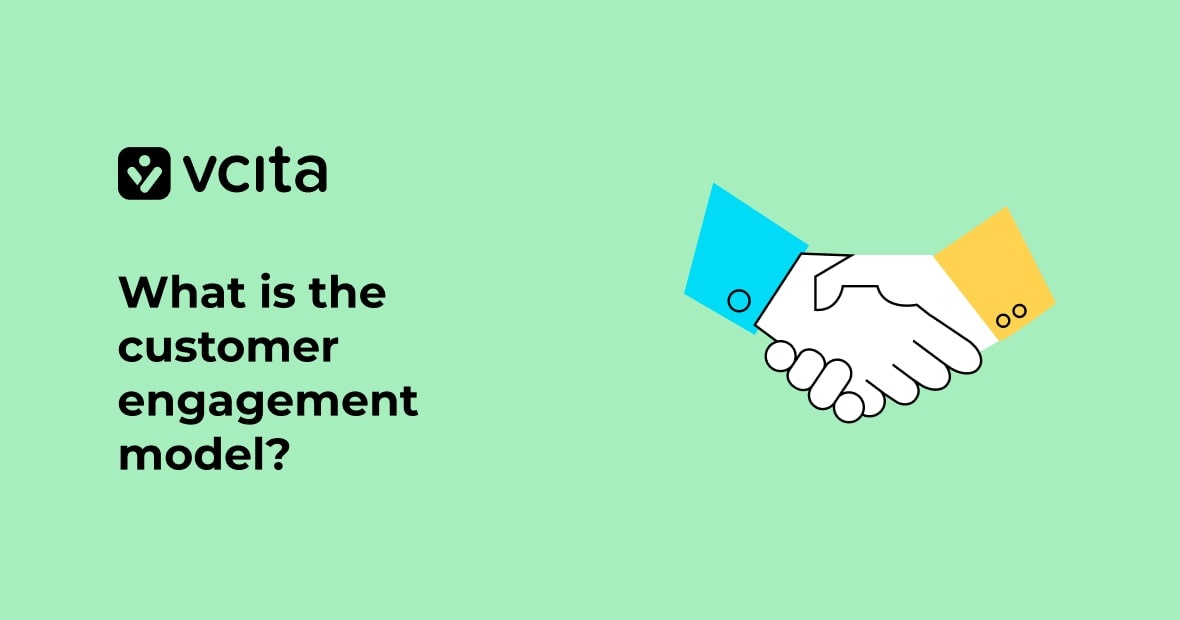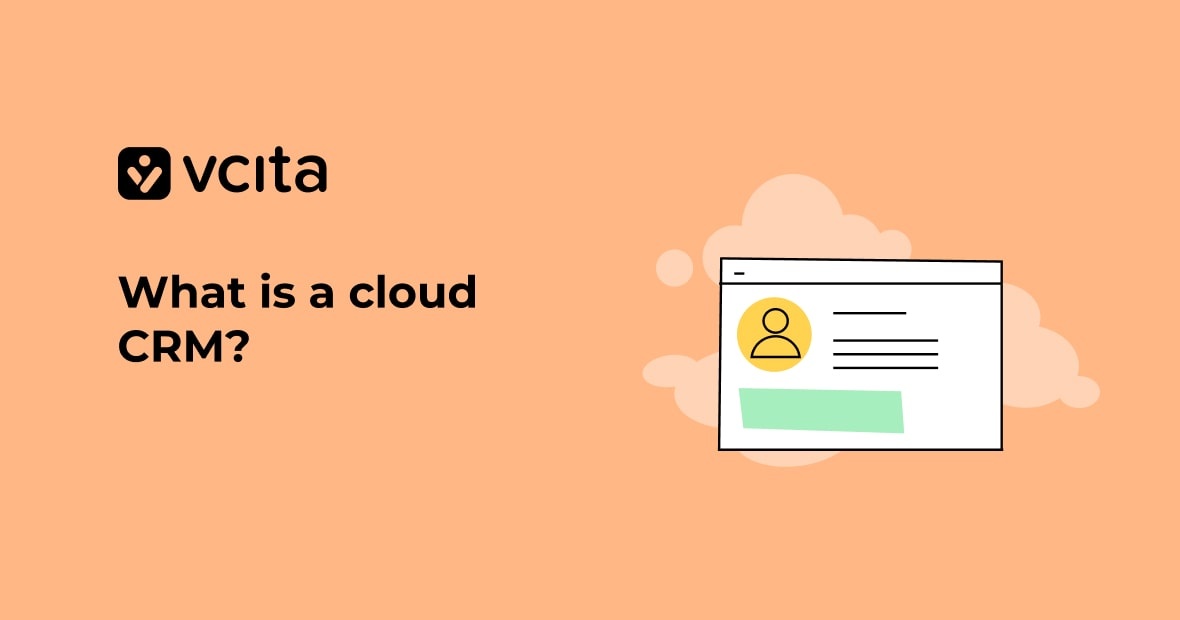You’re a small business owner trying to grow your business, and you know that customer engagement is vital to build loyalty and boost retention. But you’re not sure how to engage your customer base.
There are many models and strategies that you could use, but how do you choose which is the best fit for your business? Understanding the stages of the customer journey and the types of engagement models can help you select the right approach.
The key is to find a hybrid model that aligns to your product or service, so you can engage customers across high touch and social channels to drive the customer experience. Read on for the right strategies to unlock the secrets to customer engagement and loyalty.
Understanding the importance of customer engagement
Your customer base is the lifeblood of your company, so nurturing ongoing relationships with them should be a top priority. Here are the main benefits that high customer engagement brings to your business.
- Loyalty and retention
Engaging with customers fosters a sense of loyalty and encourages repeat business. Loyal customers are more likely to return, refer others, and become advocates for the business, providing long-term stability and growth.
- Feedback and improvement:
Engaged customers provide valuable feedback on products, services, and overall experience. This feedback helps small businesses identify areas for improvement, innovate, and adapt to changing customer needs and preferences.
- Brand awareness and reputation
Positive interactions with customers enhance brand awareness and build a strong reputation. Word-of-mouth recommendations and online reviews from engaged customers can significantly boost a small business’s visibility and credibility in the market.
- Competitive advantage
High levels of customer engagement can differentiate a small business from its competitors. By offering personalized experiences and maintaining strong relationships, small businesses can stand out in crowded markets and attract more customers.
- Increased sales and revenue
Engaged customers are more likely to make repeat purchases and try new products or services. Additionally, maintaining regular communication and understanding customer needs enables small businesses to create targeted marketing strategies that drive sales and increase revenue.
Understanding the customer journey
Now that we’ve established the importance of customer engagement, we can talk about strategies to engage your customers more effectively. The best way to approach customer engagement is through the customer journey.
The customer journey means all the interactions that a customer has with your company, from the first time they hear your brand name to responding to your social media posts, making an appointment or placing an order, and hopefully recommending your business to their contacts.
Map the customer journey
Your first step is to track every time that customers connect with your business, from awareness of your product or service to becoming a loyal customer. Ask yourself what stages they go through in learning about, purchasing and using your product or service, and pinpoint where they interact with your company across marketing, sales, and customer service. Make note of every touchpoint e.g. your website, social media, a phone call, etc. and look for opportunities to strengthen these touchpoints.
Employ the right model(s)
There are several models you can use to increase customer engagement, from high-touch personalized service to social media engagement. Many companies use a hybrid model. For example, you might assign new customers a customer success manager who gives them white-glove treatment. Then, once they’ve been retained for a certain period, you scale back to less labor-intensive strategies like social media engagement and customer satisfaction surveys.
Focus on customer success
The ultimate goal of customer engagement is to build brand loyalty through customer success and retention. When your customers achieve their desired outcome with your product or service, they become loyal advocates for life. Make customer feedback and relationships a priority by regularly checking in, addressing support needs, and asking for reviews.
Aim for continuous improvement
Customer engagement strategies aren’t set-it-and-forget-it. You need to continuously evaluate how customers are interacting with and responding to your brand. Look for any drop-off points in the customer journey, and make improvements to re-engage them. Adapt your strategies as needed to keep up with changes in technology, your customer base, and the overall market.
Types of customer engagement models: high-touch vs self-service
A successful customer engagement strategy relies on choosing the right model for your business and customer base. The two most common approaches are the high-touch and self-service models.
High-touch customer engagement
The high-touch model focuses on building ongoing relationships with your customers through frequent interaction and communication. This model works well if you offer a complex product or service that requires hand holding, or if your customer base values the human touch. With a dedicated customer success manager, you can gain valuable customer feedback, increase brand loyalty and improve customer retention. However, this model requires significant resources and may not scale well.
Self-service customer success
On the other hand, the self-service model emphasizes giving customers autonomy through digital tools like knowledge bases, chatbots and communities. This low-cost model is ideal if you have a large customer base or offer a straightforward product or service. While you lose the human connection, you can still engage customers through social media and optimize the customer experience.
Hybrid customer engagement
For many businesses, a hybrid model that combines high-touch and self-service customer engagement strategies at different stages of the customer journey may be the most effective approach. For example, assign customer success managers to your most valuable customer segments, and use chatbots and email marketing to engage lower-touch customers and handle common questions.
By understanding how your customers want to interact at each stage – from awareness to renewal – you can build the right models to increase customer engagement, satisfaction and retention. The key is to map out your customer’s journey, determine the level of service needed at each touchpoint, and implement a flexible model that adapts to your customer’s evolving needs.
Best practices for improving customer engagement
Here are some expert tips for consistently improving your customer engagement.
- Focus on the customer journey
The key to successful customer engagement is understanding your customer’s journey. Identify key touchpoints where you can engage customers, build your brand, and strengthen customer relationships. For example, send a welcome email when a customer first purchases, ask for feedback after 30 days of use, and check in quarterly to ensure a great customer experience.
- Build a high-touch engagement model
A high-touch customer engagement model focuses on frequent personal interaction and feedback. Assign a customer success manager to engage in an ongoing relationship with your customers, and check in regularly via phone or email to get customer feedback, answer questions, and resolve any issues. High-touch engagement, especially for premium customers, builds loyalty and boosts retention.
- Leverage technology
While personal interaction is important, technology can help scale your customer engagement efforts. Use social media, chatbots, and messaging apps to engage customers where they already are. Send product updates, special offers, and content through email marketing and in-app messages, and monitor online reviews and social media for customer feedback and questions. Identify key themes to improve your product and customer experience.
- Focus on customer retention
It’s more cost effective to keep existing customers happy than to find new ones. Make customer retention a priority by delivering real value and an amazing customer experience. Survey customers regularly to determine satisfaction levels and make improvements, and reward brand loyalty with special perks and sneak peeks at new products. Stay engaged even after the initial sale to build a lifelong customer relationship.
- Gather customer feedback
Continuously improving your customer experience is key to building long-term customer relationships, so actively gather customer feedback. Monitor social media and online reviews to see what customers are saying about you, and send post-interaction surveys via email to ask customers about their experience. Look for trends in the feedback and make changes to address common issues or requests.
- Implement retention strategies
Don’t stop engaging customers once they’ve made a purchase. Implement retention strategies like a loyalty program, special member promotions, newsletters, and check-in emails or calls. Make it easy for repeat customers to continue doing business with you through your website or mobile app.
Using technology to enhance your customer engagement model
Technology has revolutionized how businesses engage customers. As a small business owner, you need to determine the right tools and strategies to effectively engage your customer base through a hybrid customer engagement model that combines high-touch personal interaction with scalable technology.
Here are the main ways that technology can help you engage your customers more effectively.
- A client portal allows clients to manage their appointments, payments, and requests easily and without friction, and offers a secure way to share vital documents.
- Digital payment collection makes it easier for customers to pay their bills and check on their payment history, and for you to send reminders and receipts.
- Scheduling software removes hassle from booking and rescheduling appointments, empowering clients to manage their calendar and check their next appointment status.
Using the right technology and strategies for each stage of the customer journey will help you unlock the secrets of successful customer engagement.
Developing an ongoing relationship with your customers
To build a successful customer engagement model, you need to develop an ongoing relationship with your customers. This means going beyond a single purchase or service transaction to provide amazing customer experiences at every touchpoint. When customers feel engaged with your brand, they become loyal and continue to buy from you over the long term.
Strive to understand your customer base, and look for ways to engage them through social media, email campaigns, and in-person interactions. Focus on customer relationships, keep the lines of communication open, and show customers you value them. By implementing the right customer engagement strategies and retention strategies, you can build a thriving business supported by passionate, loyal customers.




























